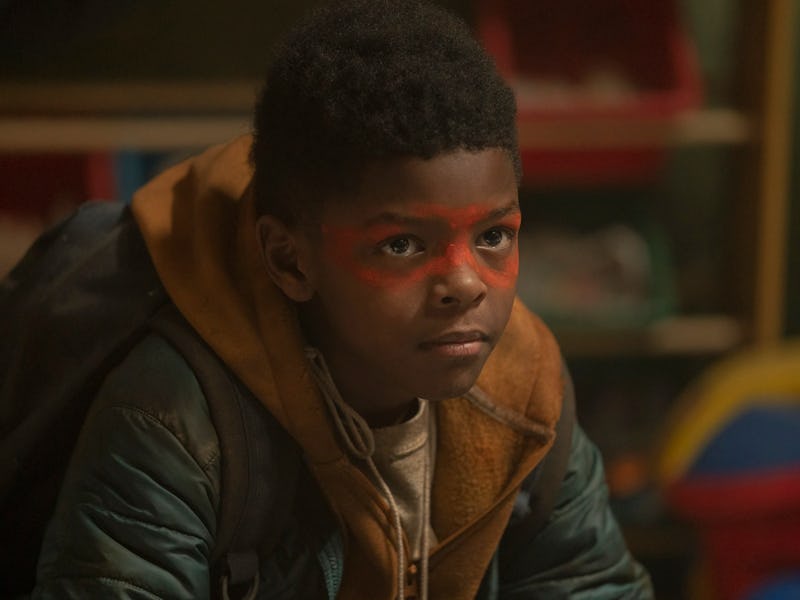The Last of Us Reimagined a Key Game Character for the Better
Co-creator Craig Mazin explains why he reworked one of the game’s critical heroes.

The latest episode of HBO’s The Last of Us is quietly revolutionary.
Episode 5, “Endure and Survive,” introduced Henry and Sam, who seek Joel and Ellie’s help to escape Kansas City. The brothers also appeared in the game as characters who accompany Joel and Ellie for several levels.
But series co-creator Craig Mazin made a few tweaks to Sam, played by Keivonn Woodard in his debut role, that illuminated how adaptations of games should work. Besides making Sam younger than his game counterpart, HBO reimagines Sam as deaf and fluent in American Sign Language (ASL).
Not only is Sam a thoughtful example of disability representation, but by emphasizing the strengths of a passive medium like TV, in contrast to the more active engagement gaming requires, the changes show how special television can be as an art form.
In the official companion podcast to The Last of Us, Mazin explained why he reimagined Sam and what it accomplished for the show. In short, the scenes keep the brothers from feeling like another Joel and Ellie, while the silence of ASL dialogue adds tonal depth and intimacy while demanding the audience’s attention.
“It started with a bit of a weird worry I had,” said Mazin to podcast host Troy Baker, “I became nervous that there was a mode of communication between Joel and Ellie that I didn’t want to feel like I was repeating between Henry and Sam. Because as [game director] Neil [Druckmann] points out, in the game you don’t spend time with Henry and Sam on their own, ever. But if they are on their own, and we knew we wanted to do that, what did those discussions sound like?”
Lamar Johnson and Keivonn Woodard star in The Last of Us as brothers Henry and Sam.
Mazin says Henry and Sam “could very easily” repeat the same thematic note of “exasperated father figure and curious, concerned, scared child figure.” “I was looking for a way to change that mode of communication,” Mazin said.
Citing inspiration from the Sundance series This Close, written by and starring deaf creators Shoshanna Stern and Josh Feldman, Mazin began thinking about Sam as a deaf character.
“I called up Neil like, ‘I have a radical suggestion. What if Sam was deaf?’” said Mazin. “It automatically brings a certain kind of intimacy to those scenes because they’re quiet, which I love. There is a lot of talking. This is a very verbal show. Ellie talks a lot. And it was interesting to see what it would be like if it were quieter.”
Mazin’s interpretation of Sam speaks volumes about his understanding of what makes television a special medium. While the game had different narrative and thematic goals, it also had wildly different means of audience engagement.
As an active medium where players have constant participation, it’s necessary for Henry and Sam to speak. Even with cutscenes, players only get to know them as they’re aiding Joel and Ellie (and, by extension, the player) through hostile Pittsburgh. While the game could have lengthy scenes with just Sam and Henry, that’s generally seen as poor design. For games, the best method is to always let players experience and discover the story themselves.
Television has its own eccentricities, and it’s a passive medium that requires ingenuity to hold the attention of its audience. By communicating Sam’s dialogue through ASL and text, audiences are required to watch and not fiddle on their phones.
As games continue to be turned into movies and TV shows, the nuances of adaptations will need to be figured out. Fans have long demanded absolute faith in the source material, while studios have long pillaged game franchises for characters and settings while throwing out everything else. But The Last of Us masterfully splits the difference between staying faithful to what makes the game special and adapting to what makes television great too.
The Last of Us airs Sundays on HBO.